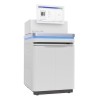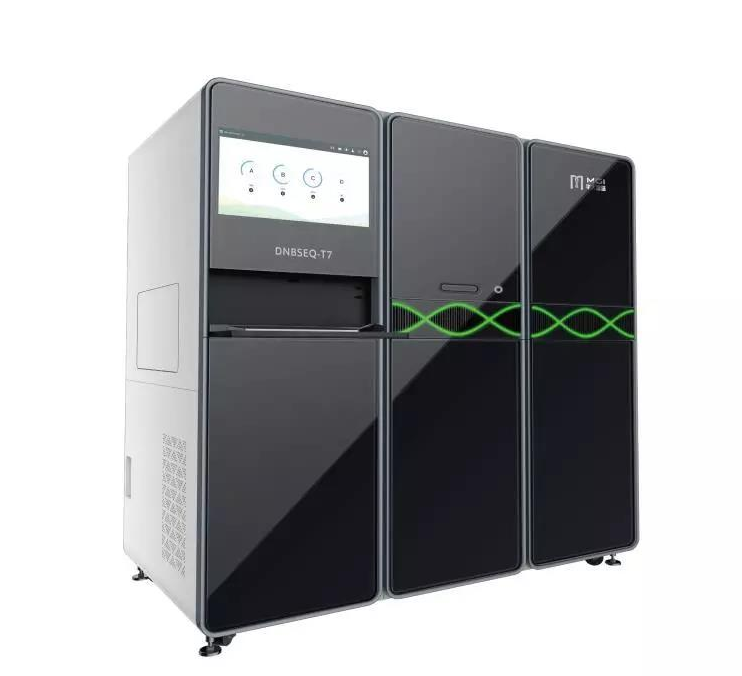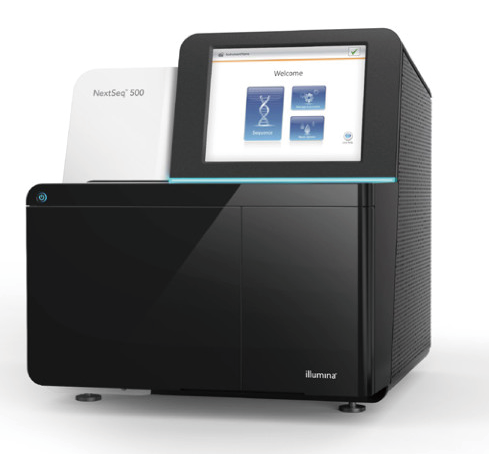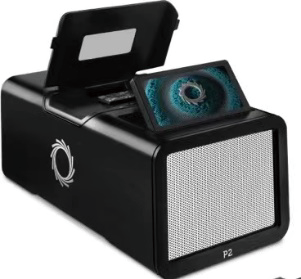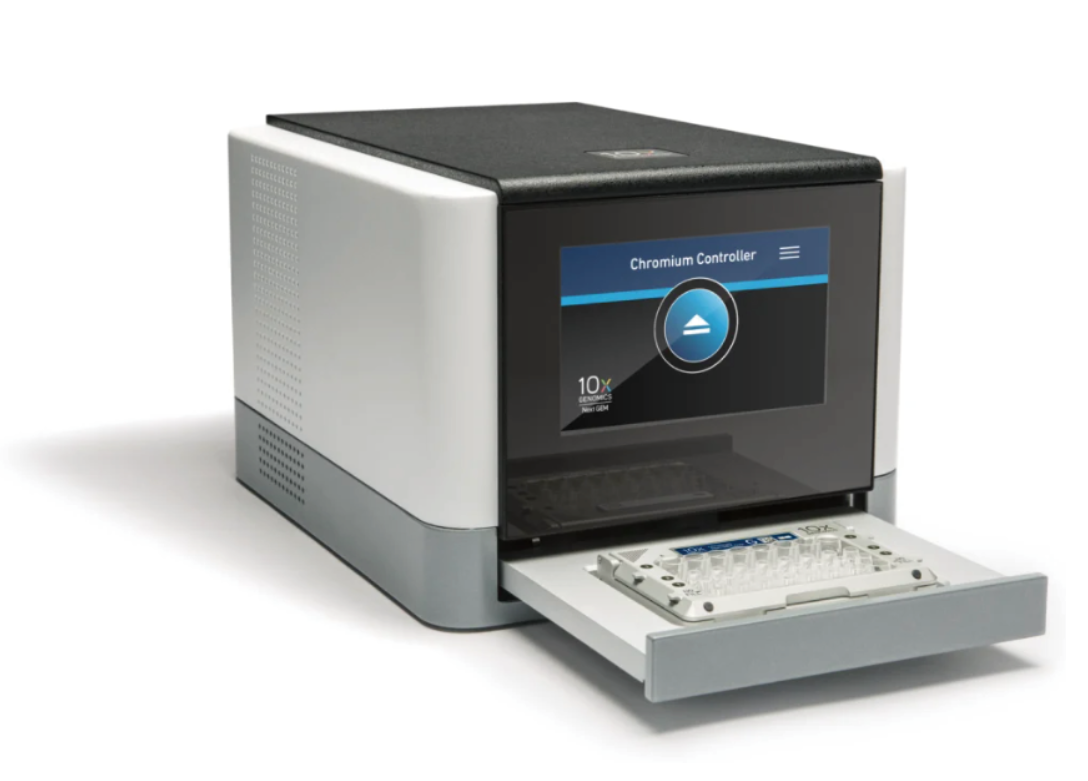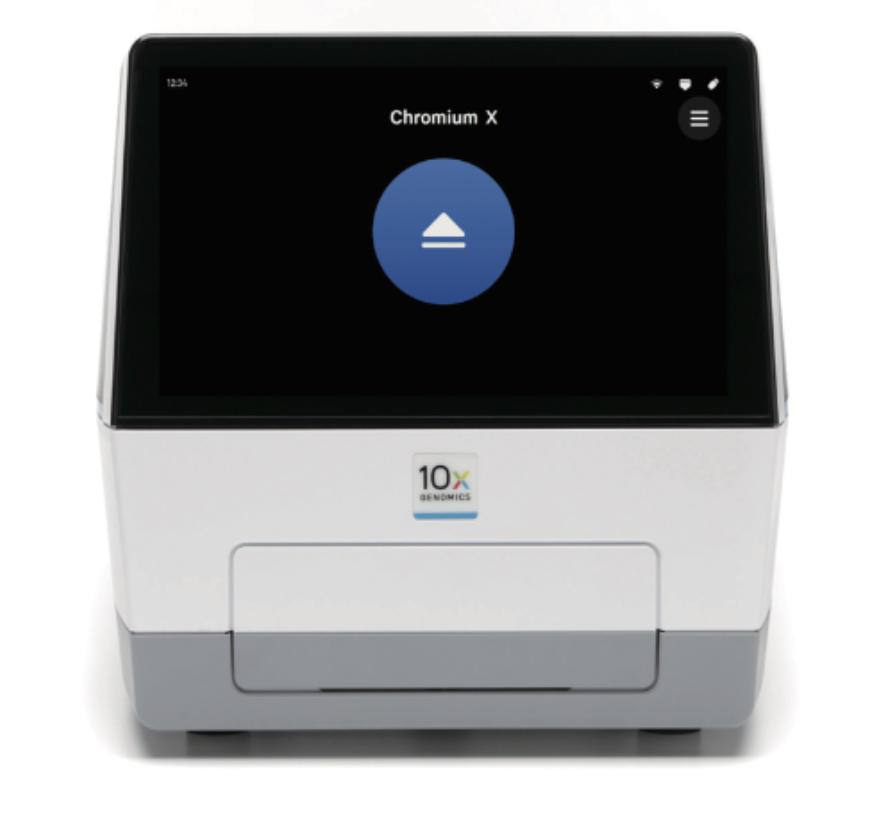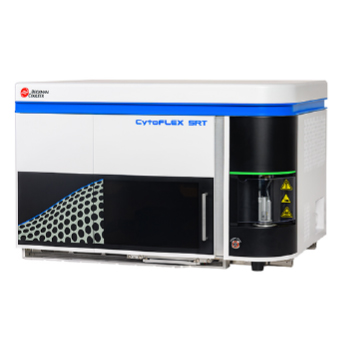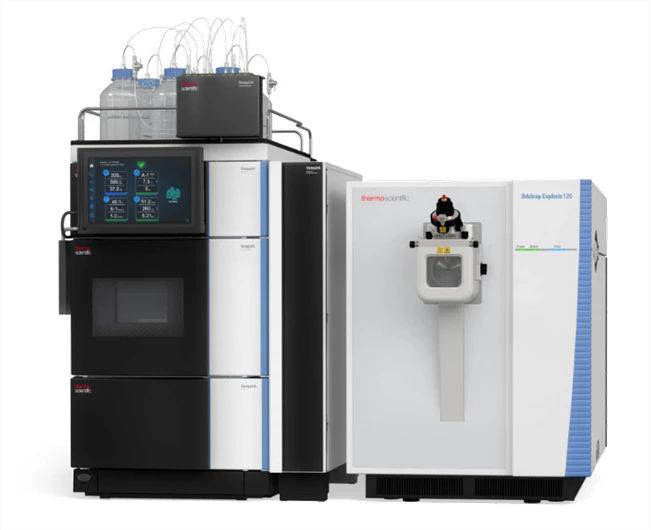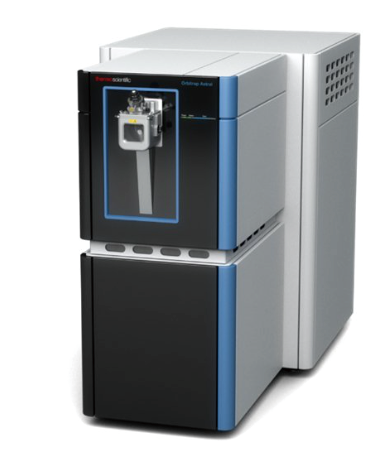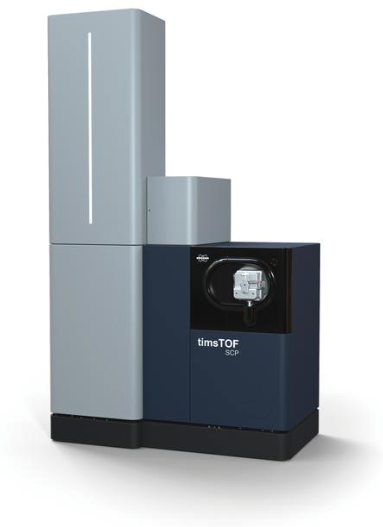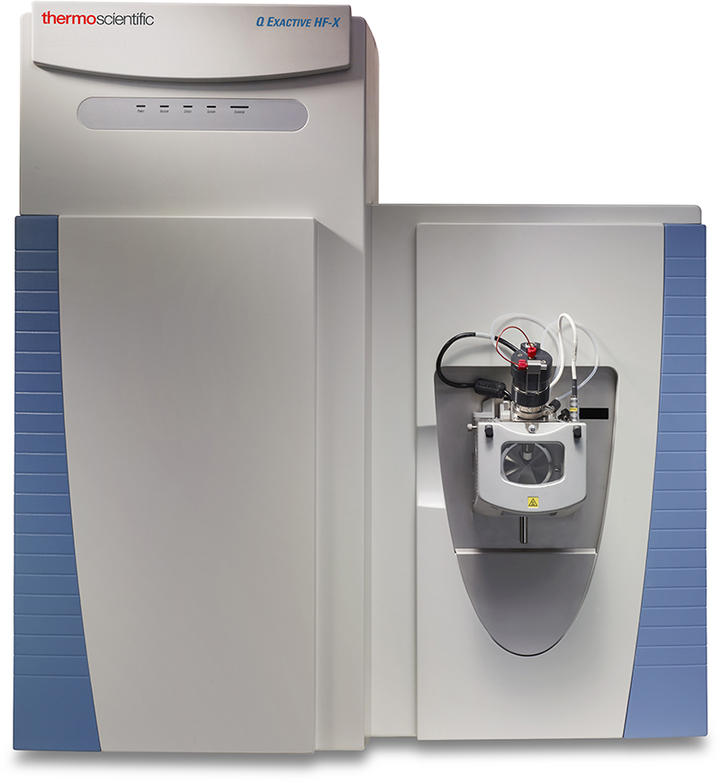Abstract
The development of DNA sequencing technology has provided an
effective method for studying foodborne and phytopathogenic
microorganisms on fruits and vegetables (F & V). DNA sequencing has
successfully proceeded through three generations, including the tens of
operating platforms. These advances have significantly promoted
microbial whole-genome sequencing (WGS) and DNA polymorphism research.
Based on genomic and regional polymorphisms, genetic markers have been
widely obtained. These molecular markers are used as targets for PCR or
chip analyses to detect microbes at the genetic level. Furthermore,
metagenomic analyses conducted by sequencing the hypervariable regions
of ribosomal DNA (rDNA) have revealed comprehensive microbial
communities in various studies on F & V. This review highlights the
basic principles of three generations of DNA sequencing, and summarizes
the WGS studies of and available DNA markers for major bacterial
foodborne pathogens and phytopathogenic fungi found on F & V. In
addition, rDNA sequencing-based bacterial and fungal metagenomics are
summarized under three topics. These findings deepen the understanding
of DNA sequencing and its application in studies of foodborne and
phytopathogenic microbes and shed light on strategies for the monitoring
of F & V microbes and quality control.
Text link:
https://sfamjournals.onlinelibrary.wiley.com/doi/full/10.1111/1751-7915.13560



